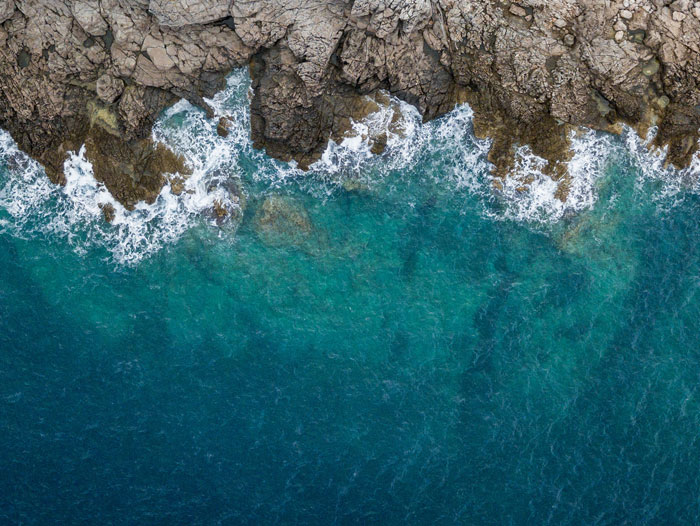Sustainable Fisheries Improve Performance on Ocean Ecosystems and Vulnerable Marine Life
June 14, 2021 | 3 min to read

New data released today shows that in 2020 there were 100 improvements made by fisheries as part of being certified to the Marine Stewardship Council’s sustainability standard – with over half of those related to endangered, threatened and protected species [1].
Amongst the improvements were those made by an Australian Tuna fishery which has introduced mitigation tools and electronic monitoring on all vessels to minimise harm to protected species, and a Canadian Haddock Fishery which implemented new measures to aid the recovery of thorny skate, which is classified as vulnerable.
Fifteen of the improvements helped enhance fisheries’ understanding and management of impacts on local ecosystems and habitats. These included an Icelandic shrimp fishery, which supported research into seabed mapping in efforts to avoid causing harm to delicate deep-sea sponge clusters. Twenty improvements were also made to fishery management and eleven to the status of target fish stocks.
This progress comes at a time when there is increasing concern about the unprecedented pressures faced by our oceans. As highlighted by a recent UN Assessment report [2] there are many areas where urgent action is needed to avoid losing marine biodiversity – with tackling overfishing being a central part of this.
Dr Rohan Currey, Chief Science & Standards Officer at the Marine Stewardship Council said “Unsustainable fishing practices are a serious threat to the biodiversity and productivity of our oceans. Yet we know that with proper management, depleted stocks and damaged ecosystems can recover.
“Over 400 MSC-certified fisheries around the world are already leading the way in best practice. Often working closely with local agencies and science bodies they also help drive research and innovation – adding to the body of knowledge in fisheries science.
“As we enter this crucial UN Decade of Ocean Science, it’s vital that we accelerate collaboration and progress across the globe if sustainable ocean outcomes are to be achieved long-term.”
To be certified as sustainable, fisheries must reach the rigorous requirements set by the MSC. But many fisheries are also given conditions of certification which mean they must make improvements to some of their practices within a specified time frame. In this way, fisheries engaged in the MSC programme are incentivised to improve their performance towards global best practise.
Since the first fisheries entered assessment for MSC certification in 1999, almost 2000 improvements have been made by fisheries to remain certified [3]. The positive contribution that these fisheries make to the protection of the world’s oceans was recognised by two UN bodies in 2020 [4] – showing that MSC-certified fisheries are at the forefront of tackling over-fishing and supporting ocean biodiversity.
References
1. During 2020, 100 improvements were made by MSC-certified fisheries across the globe. Improvements come from a condition of certification being closed.
2. UN Second World Ocean Assessment (WOA II) April 2021
3. Throughout the lifespan of the MSC certification programme to date (1999 – 31 March 2021), there have been a total of 1931 improvements from closed conditions made by MSC-certified fisheries.
4. In June 2020 the Food and Agriculture Organisation reported that sustainable fisheries are more productive and resilient to change (page 8 State of the World’s Fisheries and Aquaculture). In September 2021 the UN Environment programme reported that (pages 58-63 The Global Biodiversity Outlook 5) sustainable fishing protected ocean biodiversity.
